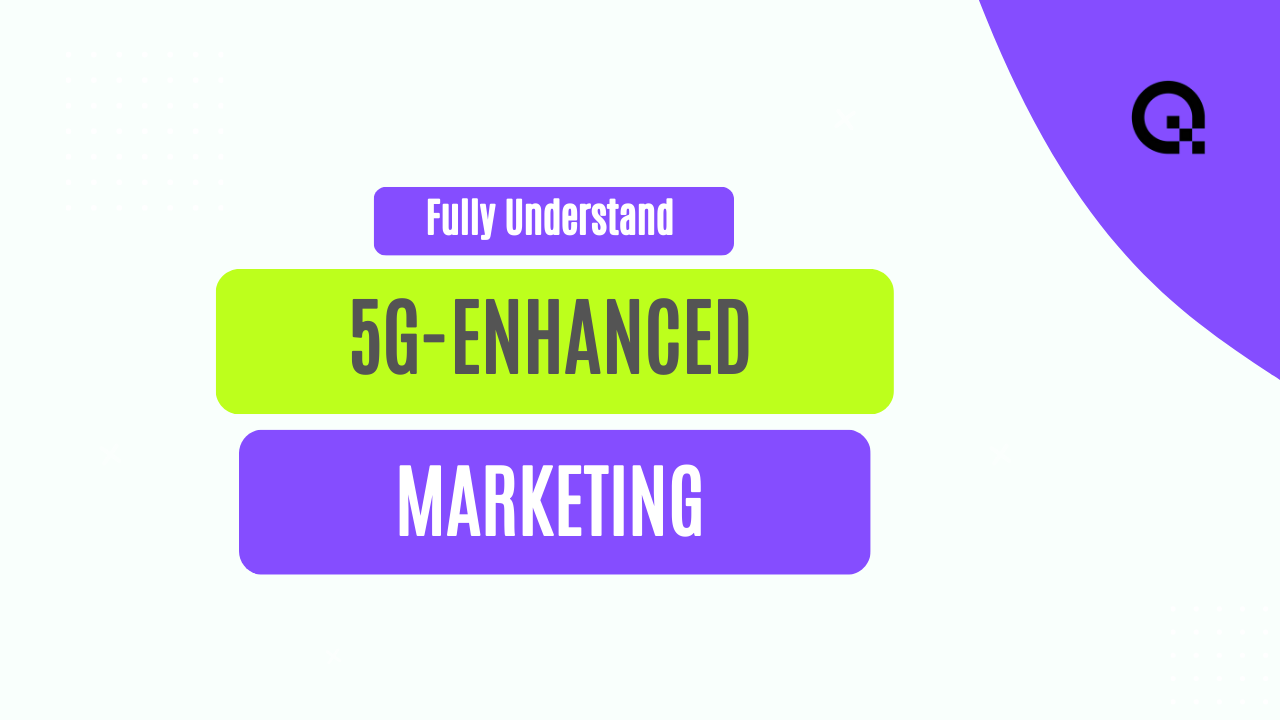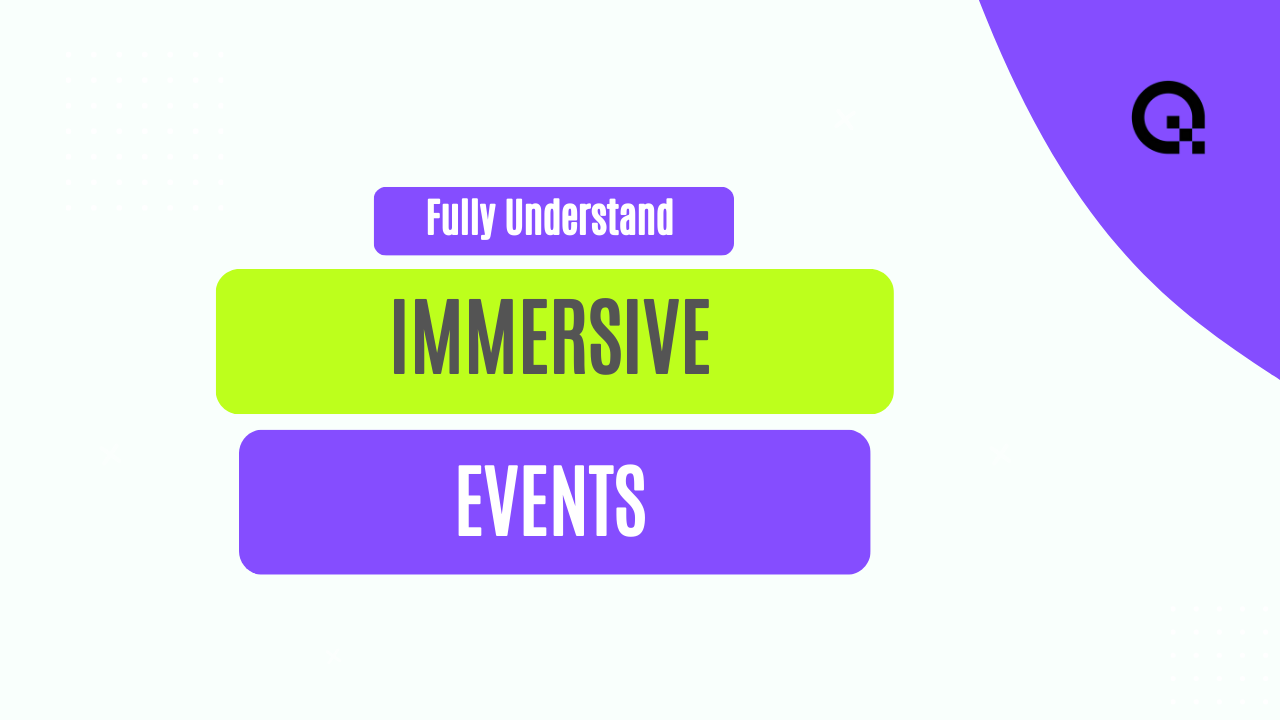The Ultimate Guide to Virtual Reality Tours for Inbound Engagement
Virtual Reality (VR) technology has revolutionized the way we experience digital content, offering immersive and interactive experiences that were once only possible in science fiction. In the realm of marketing and customer engagement, VR has opened up new possibilities for businesses to connect with their audience in innovative ways. One such application of VR technology is in the form of Virtual Reality Tours.
What Are Virtual Reality Tours?
Virtual Reality Tours are interactive experiences that allow users to explore virtual environments as if they were physically present. By putting on a VR headset, users can navigate through a 3D space, interact with objects, and experience a sense of presence in a simulated world. These tours are commonly used in real estate, travel, education, and entertainment industries to provide a more engaging and immersive way for users to experience a place or product.
Virtual Reality Tours are created using specialized cameras that capture 360-degree images or videos of a location. These images are then stitched together to create a seamless and immersive environment that users can explore. With the advancement of VR technology, users can now not only look around in a virtual space but also interact with elements within the environment, making the experience more interactive and engaging.
The Benefits of Virtual Reality Tours for Inbound Engagement
Virtual Reality Tours offer a unique opportunity for businesses to enhance their inbound engagement strategies. By incorporating VR technology into their marketing efforts, businesses can create memorable and personalized experiences for their audience, ultimately driving brand awareness, engagement, and conversion rates.
Here are some key benefits of using Virtual Reality Tours for inbound engagement:
1. Immersive Experience: VR Tours provide users with an immersive and realistic experience that traditional 2D images or videos cannot match. By allowing users to explore a space in 3D and interact with objects, businesses can create a more engaging and memorable experience for their audience.
2. Personalization: Virtual Reality Tours can be customized to cater to the specific interests and preferences of individual users. By providing personalized experiences, businesses can create a stronger connection with their audience and increase brand loyalty.
3. Increased Engagement: VR Tours capture the attention of users and keep them engaged for longer periods. This increased engagement can lead to higher conversion rates and a deeper connection with the brand.
How to Implement Virtual Reality Tours in Your Inbound Marketing Strategy
Integrating Virtual Reality Tours into your inbound marketing strategy requires careful planning and execution. Here are some steps to help you effectively implement VR Tours for inbound engagement:
1. Define Your Goals: Start by identifying the objectives you want to achieve with Virtual Reality Tours. Whether it's showcasing a property, promoting a destination, or providing a virtual experience, clearly define your goals to guide the creation of your VR Tour.
2. Choose the Right Technology: Select the appropriate VR technology and equipment based on your budget and the complexity of your project. Whether you opt for 360-degree cameras, VR headsets, or VR app development, choose technology that aligns with your goals and target audience.
3. Create Compelling Content: Develop high-quality and engaging content for your Virtual Reality Tour. Capture stunning visuals, incorporate interactive elements, and ensure a seamless user experience to captivate your audience and leave a lasting impression.
4. Promote Your VR Tour: Once your Virtual Reality Tour is ready, promote it across your marketing channels to reach a wider audience. Utilize social media, email campaigns, and website integration to drive traffic to your VR experience and generate inbound engagement.
Conclusion
Virtual Reality Tours offer a powerful tool for businesses to enhance their inbound engagement strategies and create memorable experiences for their audience. By leveraging VR technology, businesses can differentiate themselves in the competitive market landscape, drive brand awareness, and foster deeper connections with their customers. Incorporating Virtual Reality Tours into your marketing efforts can revolutionize the way you engage with your audience and set your brand apart in the digital age.



